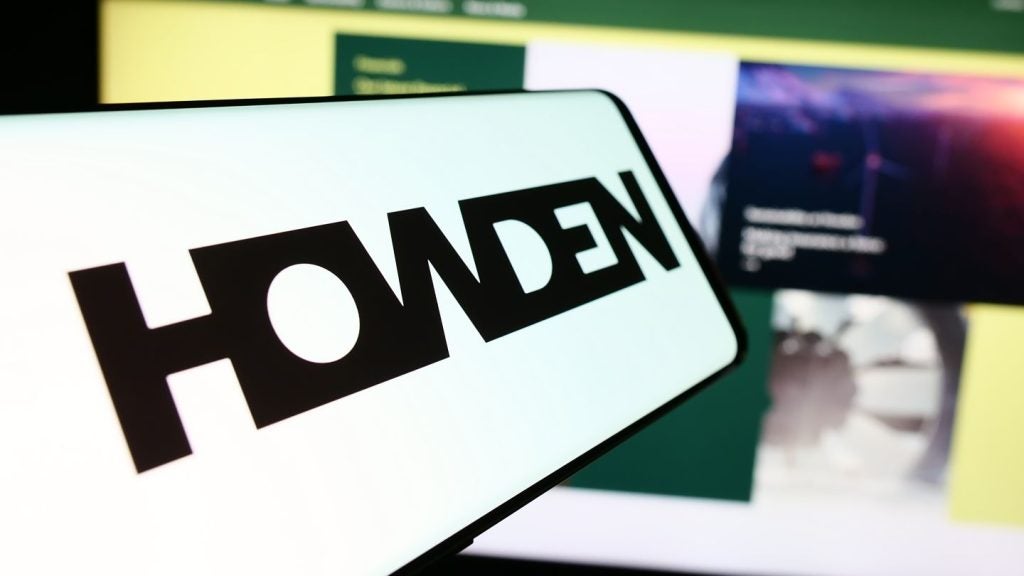Industry attractiveness
The Malaysian insurance industry registered stable improvements in written premiums from 2007 to 2011 and is considered one of the most promising in South East Asia. The industry’s overall written premium value had reached MYR21.1 billion (US$6.9 billion) by 2011, after recording a CAGR of 9.8% over the previous four years.
The segment registered positive annual growth rates of 6% in 2008 and 12% in 2009, despite the global economic crisis. This increase was predominantly due to Malaysia’s tax benefits, economic expansion, growing healthcare costs for many households, a government initiative to improve the country’s retirement benefit and an overall rise in domestic savings.
The Malaysian insurance industry is led by the life insurance segment, which accounted for a 60.8% share of total written premiums in 2011. It was followed by the non-life insurance segment, which accounted for the second-largest premiums share of 33.6% in the same year. Industry expansion is expected to be driven by several factors over the coming years, including Malaysia’s economic transformation programme, the tenth five-year economic development plan and the implementation of the country’s New Economic Model, all of which are expected to improve Malaysia’s economic condition.
Industry expansion is also projected to be supported by the generally disciplined attitude of the Malaysian population towards savings, rising consumer confidence, government initiatives on tax relief, and the relative under penetration of the country’s life insurance segment. However, the cultural resistance of the Malaysian population to the idea of protecting their assets through insurance is a major barrier to the development of the industry.
Compared to other Asia-Pacific countries, such as India and China, Malaysia has relatively low insurance penetration rates. For example, the country’s life insurance penetration stood at 2.7% in 2011, compared to penetration rates of 7.9% in Singapore, 13.9% in Taiwan, and 9.1% in South Korea.
The Malaysian non-life and personal accident and health insurance segments are highly fragmented, which allows the country’s smaller non-life insurance companies to operate successfully and attain reasonable market shares. In contrast, the country’s life insurance segment is highly concentrated, with a small number companies dominating the market and leaving few business opportunities for smaller companies.
The development of the Malaysian life insurance segment was supported by government initiatives related to private pensions and worker insurance schemes. The implementation of tax benefits in these areas encourages the country’s citizens to take out individual life, individual unit-linked, and individual endowment insurance policies.
The Malaysian insurance industry is dependent on the agencies and bancassurance channels for the distribution of its insurance policies. These two channels account for a combined share of 45.4% of the industry’s total premiums in 2011. Insurers in Malaysia are focusing on utilising traditional distribution channels and establishing affiliations with the country’s leading banks to cross-sell insurance products to the banks’ existing customer bases.
The Malaysian healthcare industry offers one of the region’s highest standards of healthcare and is a preferred destination for medical tourism. It generated revenue of US$125 million in 2010 after receiving 392,956 medical tourists during the year. Although the country does have public healthcare facilities, the majority of the population prefer to visit technologically advanced private hospitals with better medical facilities and service quality of private health facilities. The growth of Malaysian private health insurance over the next four years is expected to be driven by enhanced consumer awareness of the importance of healthcare services, the rising cost of private healthcare, and the introduction of a health insurance plan designed for foreign workers.
The proportion of the population with the age group 60 to 65, classified as elderly, is expected to be 5.9% of the total population in 2016, up from 5% in 2011, a trend expected to increase demand for retirement and health insurance products.
Segment Outlook
The Malaysian life insurance segment was driven by individual savings to supplement retirement income, government initiatives in terms of tax relief and the relatively underpenetrated nature of the segment compared to other countries in the region. A growing middle-income population combined with higher levels of disposable income and an aging population is expected to drive the life insurance segment, which is anticipated to register a CAGR of 9.8% to reach MYR29.9 billion (US$9.7billion) in 2016.
Malaysia’s pro-market policies and plans to build new financial centres have attracted many insurers to the country. The government also provides various incentives such as the abolition of sales tax, excise, surtax and export duties. Such initiatives led to the presence of 17 life insurance companies in Malaysia in 2011.
The Malaysian life insurance segment is highly concentrated, with the five-leading insurers accounting for 85.9% of the market in 2011. The introduction of life insurance as a supplementary savings method, which ensures alternative retirement income besides the Employees Provident Fund (EPF), drove the growth of the segment over the last four years, despite the global financial crisis. Domestic life insurer Great Eastern Life Assurance led the Malaysian life insurance segment with a market share of 27.4% in 2011, followed by ING and AIAB with respective shares of 15.7% and 13.7%. The Malaysian life insurance segment is more crowded than the non-life segment, and accounted for 60.8% of the country’s insurance industry in 2011. In terms of gross written premium, the Malaysian life insurance segment reached a market size of MYR21.1 billion (US$6.5 billion) in 2011, at a CAGR of 9.7% between 2007 and 2011.
During 2009?2011 the life insurance segment, posted annual growth rates of 12.3%, 11.1% and 9.6% respectively. The advances in 2009 were primarily driven by improving financial conditions and rising consumer awareness with regards to supplementary saving channels. It also received support from government initiatives, such as income tax deduction for life insurance and an increase in retirement benefits from MYR6,000 to MYR7,000.
Malaysia’s growing aging population is considered to be a key driver of the life insurance segment. People aged above 60 are forecasted to account for 5.9% of the total population by 2016, which along with the government’s promotion of retirement benefits, is predicted to influence the segment over the coming years. Individual life, endowment and unit-linked products are expected to register high-growth rates over the next four years.
To make life insurance more popular and effective, many firms have packaged it with medical benefits. Household healthcare costs increased at a CAGR of 15.1% over the last four years, encouraging Malaysians to purchase life insurance with medical benefits. Policies with supplementary savings elements are expected to drive the Malaysian life insurance segment.
Distribution channels
The distribution network for insurance products in Malaysia is predominantly direct sales, agency networks, bancassurance, financial brokers and other channels, such as the internet or call centres. Due to a highly-developed banking channel and a large percentage of the population with access to a bank branch and internet banking, bancassurance is more popular in countries, such as Malaysia and Thailand, than in other developing economies, such as India. The market share of agencies rose from 54.8% in 2007 to 59.1% in 2011.
Agencies represented the largest distribution channel, posting a market share of 59.1% in 2011. The new written premium for Malaysian life insurance sold through agencies reached MYR4.6 billion (US$1.5 billion) in 2011, after increasing at a CAGR of 3% between 2007 and 2011. Government initiatives and the rising awareness of the benefits of life insurance products among Malaysians is anticipated to drive the channel at a CAGR of 3.4% in gross written premium over the next four years. The channel’s market share is expected to expand from 54.8% in 2007 to 59.4% in 2016.
Bancassurance was the second largest distribution channel in Malaysia between 2007 and 2011. This channel accounted for 34.1% of the gross written premium for new business in 2011. Government initiatives towards popularising life insurance through tax benefits, coupled with the rising popularity of the channel enabled the segment to register a positive growth during the global financial crisis. The gross written premium for new business in the life insurance segment through bancassurance decreased, from MYR2.9 billion (US$0.85 billion) in 2007 to MYR2.6 billion (US$0.88 billion) in 2011, registering a CAGR of -2.3%.
Initiatives from both domestic and foreign insurers to encourage banks to expand their branch networks are expected to extend the potential customer base for bancassurance. Furthermore, the rise of internet banking, and banks’ focus on increasing their fee-based income by promoting the sale of financial products, are also expected to drive the channel.

US Tariffs are shifting - will you react or anticipate?
Don’t let policy changes catch you off guard. Stay proactive with real-time data and expert analysis.
By GlobalData







